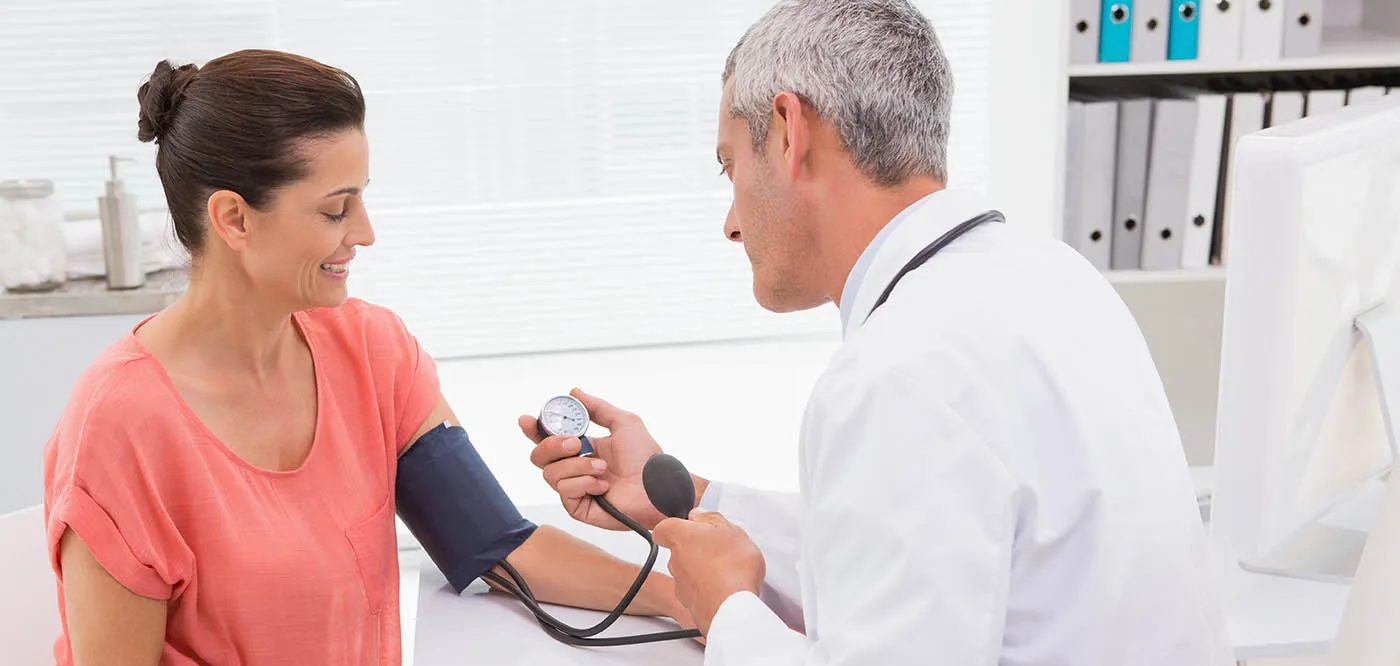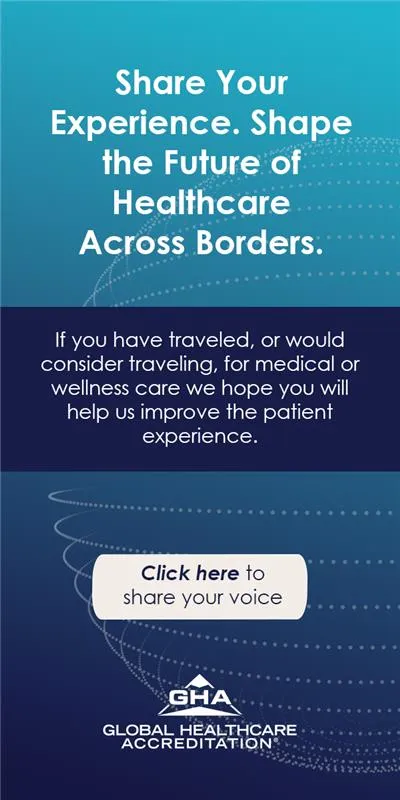In recent years, both preventive health and biohacking have surged in popularity among high-performance individuals, wellness seekers, and medical tourists alike. While preventive health focuses on identifying and mitigating risks before disease occurs, biohacking takes it a step further—using technology, biology, and self-experimentation to upgrade the body and mind. When integrated thoughtfully, these two domains create a comprehensive framework for maximizing physical and mental performance, delaying aging, and minimizing chronic disease risks.
This article examines the intersection between these fields, with a particular emphasis on how international medical facilities are leveraging both to meet growing demand from global patients seeking proactive, personalized care.
Defining the Two Domains
What Is Preventive Health?
Preventive health includes medical services, screenings, and lifestyle practices aimed at reducing the risk of illness or detecting it early. It encompasses a broad spectrum—from routine blood tests and cancer screenings to vaccination programs and wellness assessments. Preventive care is often categorized into:
- Primary Prevention: Avoiding the onset of disease (e.g., vaccinations, lifestyle changes)
- Secondary Prevention: Detecting disease early (e.g., mammograms, cholesterol tests)
- Tertiary Prevention: Minimizing the impact of an existing disease
What Is Biohacking?
Biohacking is a broad term used to describe interventions that enhance biology using a combination of scientific methods, technology, and experimentation. While the term can evoke images of extreme practices, biohacking spans a spectrum, including:
- Nutrigenomics: Using food and supplements to modulate gene expression
- Wearable Tech: Devices tracking sleep, glucose, or heart rate variability
- Cold Therapy & Infrared Saunas: Boosting metabolism and reducing inflammation
- Neurofeedback & Nootropics: Enhancing cognitive performance
- Peptides & Hormone Modulation: Supporting recovery, vitality, and aging
How They Complement Each Other
1. Shared Goals: Longevity and Optimization
At their core, both preventive health and biohacking aim to help individuals stay healthier for longer. However, preventive health is traditionally systematized through medical screenings and evidence-based protocols, while biohacking often draws from the frontier of experimental and emerging health science. When fused, they enable a personalized, proactive approach to wellbeing that goes beyond basic risk assessment.
For example, someone undergoing a preventive exam may get screened for cardiovascular risks. A biohacking approach would go further—introducing heart rate variability training, mitochondrial enhancement supplements, and real-time health monitoring tools to optimize cardiac function even in a healthy individual.
2. Early Detection Meets Real-Time Data
Preventive health relies on episodic screening—perhaps annually or semi-annually. Biohacking, on the other hand, often utilizes continuous data collection via wearable devices, real-time biomarkers, and self-quantification tools. This real-time feedback loop allows early detection of subtle physiological changes—such as drops in sleep quality, blood glucose variability, or HRV dips—before they manifest as diagnosable conditions.
Together, this integration strengthens the accuracy of diagnoses and the personalization of interventions.
3. Behavior Change Through Engagement
One of the major challenges in preventive medicine is patient compliance. Biohacking fills this gap by making health optimization engaging. Biohackers often embrace self-experimentation, tracking, and optimization as part of their identity, which fosters adherence to regimens that support long-term health. The integration of gamified health apps and real-time biofeedback systems promotes sustained behavioral change.
Preventive Health and Biohacking in Medical Tourism
The convergence of these two domains has begun to reshape medical tourism. More wellness-focused travelers are no longer simply looking for disease treatment—they're searching for health optimization experiences.
Biohacking-Inspired Executive Health Packages
Several international wellness centers now incorporate biohacking strategies into their executive health checkup packages. These often include:
- Genetic & Epigenetic Testing
- Telomere Length Testing
- Continuous Glucose Monitoring (CGM)
- Gut Microbiome Analysis
- Sleep Optimization Reviews (via wearables)
Paired with traditional lab work and physician evaluations, these enhancements appeal to health-conscious travelers who want deeper insight and control over their biological performance.
Destination Wellness Clinics Embracing Technology
Leading wellness destinations offer integrative approaches that include:
- Hyperbaric oxygen therapy (HBOT)
- Cryotherapy and photobiomodulation
- Advanced supplementation programs (e.g., NAD+ therapy, IV nutrient infusions)
- Peptide protocols tailored to DNA findings
By combining these methods with evidence-based medical practices, providers differentiate themselves in the competitive global wellness market.
Ethical and Safety Considerations
While the merging of preventive health and biohacking is promising, it’s important to underscore safety and regulation. Biohacking is not universally regulated, and some interventions may lack long-term data. Patients should always be advised to:
- Seek providers who conduct thorough risk assessments
- Avoid untested or unapproved substances and devices
- Work within a supervised medical framework, particularly when traveling abroad
- Verify that biohacking protocols are complementary, not substitutes, for proven preventive health measures
Education and medical oversight remain key to ensuring patient safety, particularly in a global context where regulatory standards vary.
Who Is This for?
The fusion of preventive health and biohacking is especially appealing to:
- Executives and Entrepreneurs: Seeking high productivity and cognitive edge
- Longevity Enthusiasts: Interested in anti-aging strategies
- Frequent Travelers and Medical Tourists: Combining wellness with travel
- Chronic Disease Survivors: Looking to optimize life post-recovery
- Athletes and Performers: Focused on peak physical and mental performance
As these audiences grow, providers that integrate both traditional and emerging health technologies will be well-positioned to attract premium, proactive clientele.
The Future: Precision Preventive Medicine
The link between preventive health and biohacking signals a shift toward precision preventive medicine—where risk prediction, detection, and optimization are tailored to the individual using data-driven tools. The trend is not only a response to the limitations of reactive healthcare models but also a natural evolution of consumer empowerment and medical globalization.
Emerging technologies like AI-driven health predictions, microbiome sequencing, and personalized longevity plans are likely to become standard components in international executive health and wellness programs.
In conclusion, Preventive health and biohacking are not opposing strategies—they are complementary forces that, when combined, deliver a highly personalized, future-facing model of healthcare. For the global health traveler or the high-achieving executive, the marriage of these disciplines offers both peace of mind and peak performance. As medical tourism continues to evolve, the integration of biohacking into preventive care will define the next frontier of wellness-focused travel.
If you're considering this treatment, Better by MTA is here to help. Through our exclusive partnership with Mastercard, we connect you to trusted hospitals and doctors worldwide, ensuring price transparency and secure, flexible payment options. Whether you're looking to use a credit card, bank transfer, or explore upcoming patient financing options, we make your medical journey seamless and worry-free.
Get started today and book confidently without hidden fees or financial risks. Click the link below to request a free quote: https://www.better.medicaltourism.com/get-a-quote













